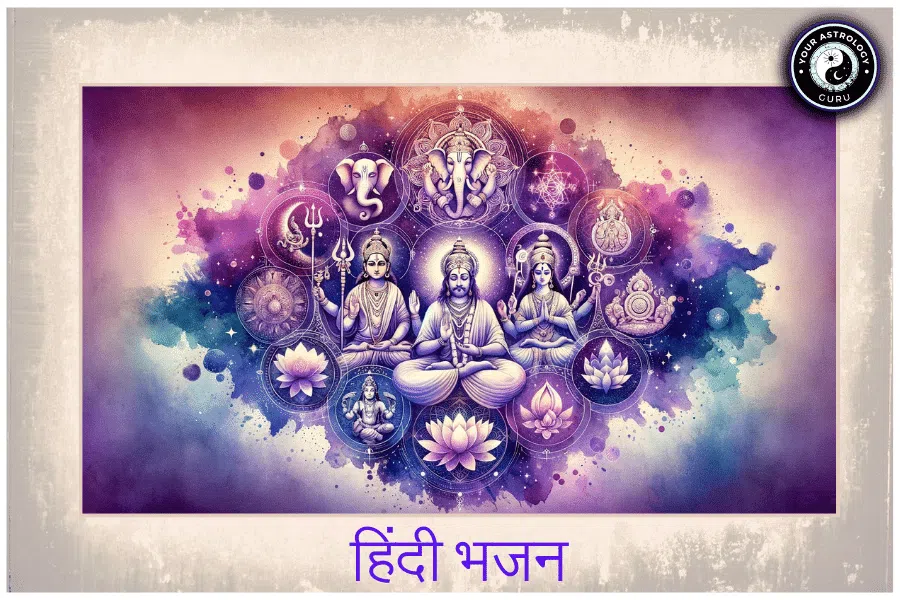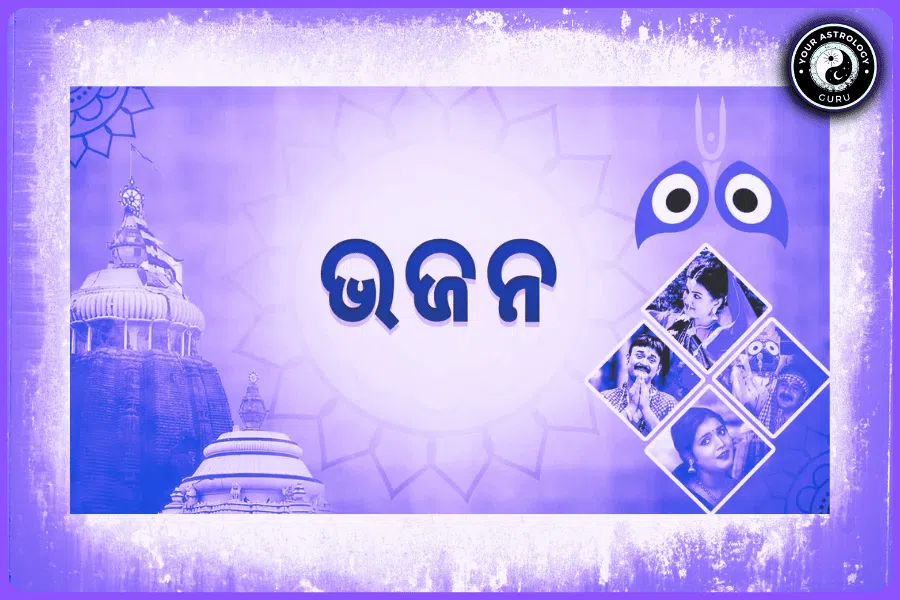Moksha Gita is a sacred text in Hinduism that holds great significance in the path to enlightenment. It is a compilation of teachings and guidance on how to attain liberation, or moksha, which is the ultimate goal of Hindu spiritual practice. Moksha Gita provides a comprehensive guide for practitioners, offering insights into various paths of yoga and the role of a guru in the journey towards self-realization.
The teachings of Moksha Gita are rooted in ancient Hindu philosophy and have been passed down through generations. They provide seekers with a roadmap to navigate the complexities of life and transcend the limitations of the material world. By following the teachings of Moksha Gita, practitioners can gain a deeper understanding of themselves, their purpose, and their connection to the divine.
Table of Contents
The Meaning of Moksha: Unraveling the Concept of Liberation in Hinduism
Moksha, often translated as liberation or enlightenment, is the ultimate goal of Hindu spiritual practice. It is the state of liberation from the cycle of birth and death, where one attains union with the divine and experiences eternal bliss. Moksha is seen as the highest form of liberation, transcending all worldly desires and attachments.
Unlike other concepts of liberation in other religions, Moksha in Hinduism is not seen as a one-time event or a destination to be reached after death. It is a continuous process of self-realization and spiritual growth that can be achieved in this lifetime. Moksha is not limited to a particular religious or spiritual path; it is open to all individuals who seek liberation from suffering and ignorance.
The Teachings of Moksha Gita: A Comprehensive Guide to Attaining Enlightenment
Moksha Gita offers a comprehensive guide to attaining enlightenment through its teachings. It provides seekers with practical wisdom and guidance on how to navigate the challenges of life and overcome the obstacles on the path to self-realization. The teachings of Moksha Gita cover various aspects of spiritual practice, including the four paths of yoga, the role of karma, the importance of devotion, and the practice of meditation.
The Four Paths of Yoga: How Moksha Gita Guides Practitioners towards Self-Realization
Moksha Gita emphasizes the importance of the four paths of yoga in attaining self-realization. These paths are Karma Yoga, Jnana Yoga, Bhakti Yoga, and Raja Yoga. Each path offers a unique approach to spiritual practice and self-realization.
Karma Yoga is the path of selfless action and service. It teaches practitioners to perform their duties without attachment to the results, offering their actions as a form of worship to the divine. By practicing Karma Yoga, individuals can purify their minds and cultivate selflessness, which is essential for spiritual growth.
Jnana Yoga is the path of knowledge and wisdom. It involves the study and contemplation of sacred texts, self-inquiry, and reflection. Through Jnana Yoga, practitioners gain a deeper understanding of their true nature and the nature of reality. It is through knowledge and wisdom that one can transcend ignorance and attain self-realization.
Bhakti Yoga is the path of devotion and love. It involves cultivating a deep love and devotion for the divine through prayer, chanting, and worship. By surrendering oneself to a higher power and developing a loving relationship with the divine, practitioners can experience a profound sense of connection and unity.
Raja Yoga is the path of meditation and self-discipline. It involves practices such as asanas (physical postures), pranayama (breath control), concentration, and meditation. Through Raja Yoga, practitioners can still their minds, cultivate inner peace, and experience a direct connection with the divine.
The Importance of Karma Yoga: Understanding the Role of Action in the Journey to Enlightenment
Karma Yoga plays a crucial role in the path to enlightenment as emphasized in Moksha Gita. It teaches practitioners to perform their duties selflessly, without attachment to the results. By offering their actions as a form of worship to the divine, individuals can purify their minds and cultivate selflessness.
Karma Yoga helps practitioners overcome obstacles on the path to enlightenment by teaching them to detach themselves from the fruits of their actions. It encourages individuals to focus on the present moment and perform their duties with love and dedication, without being driven by desires or expectations.
By practicing Karma Yoga, individuals can develop a sense of detachment from the material world and cultivate a deeper understanding of their true nature. It helps them overcome egoistic tendencies and fosters a sense of unity and interconnectedness with all beings.
Jnana Yoga: The Path of Knowledge and Wisdom in Moksha Gita
Jnana Yoga is another important path emphasized in Moksha Gita. It is the path of knowledge and wisdom, involving the study and contemplation of sacred texts, self-inquiry, and reflection. Through Jnana Yoga, practitioners gain a deeper understanding of their true nature and the nature of reality.
Jnana Yoga helps practitioners attain self-realization by guiding them towards the realization that they are not separate from the divine. It teaches that the true nature of the self is pure consciousness, beyond the limitations of the body and mind. By cultivating knowledge and wisdom, individuals can transcend ignorance and realize their true nature.
Bhakti Yoga: The Path of Devotion and Love in Moksha Gita
Bhakti Yoga is another important path emphasized in Moksha Gita. It is the path of devotion and love, involving the cultivation of a deep love and devotion for the divine through prayer, chanting, and worship. By surrendering oneself to a higher power and developing a loving relationship with the divine, practitioners can experience a profound sense of connection and unity.
Bhakti Yoga helps practitioners attain self-realization by cultivating a deep love and devotion for the divine. It teaches that through devotion and surrender, one can transcend the limitations of the ego and experience a direct connection with the divine. By offering one’s love and devotion to the divine, practitioners can experience a profound sense of joy and fulfillment.
Raja Yoga: The Path of Meditation and Self-Discipline in Moksha Gita
Raja Yoga is another important path emphasized in Moksha Gita. It is the path of meditation and self-discipline, involving practices such as asanas (physical postures), pranayama (breath control), concentration, and meditation. Through Raja Yoga, practitioners can still their minds, cultivate inner peace, and experience a direct connection with the divine.
Raja Yoga helps practitioners attain self-realization by quieting the mind and cultivating inner stillness. It teaches that through meditation and self-discipline, one can transcend the fluctuations of the mind and experience a state of pure awareness. By practicing Raja Yoga, individuals can develop a deep sense of inner peace and connect with their true nature.
The Role of the Guru: Understanding the Importance of a Spiritual Teacher in Moksha Gita
In Moksha Gita, the role of the guru is emphasized as crucial in the journey towards enlightenment. A guru is seen as a spiritual teacher who guides and supports seekers on their path to self-realization. The guru is believed to have attained enlightenment themselves and possesses the knowledge and wisdom to guide others.
The guru plays an important role in helping practitioners overcome obstacles on the path to enlightenment. They provide guidance, support, and teachings that can help seekers navigate the complexities of spiritual practice. The guru also serves as a source of inspiration and motivation, reminding practitioners of their true nature and the ultimate goal of self-realization.
Overcoming Obstacles on the Path to Enlightenment: Lessons from Moksha Gita
The path to enlightenment is not without its challenges and obstacles. Moksha Gita provides valuable insights and guidance on how to overcome these obstacles. It teaches practitioners to cultivate qualities such as patience, perseverance, and self-discipline.
Moksha Gita also emphasizes the importance of self-inquiry and self-reflection in overcoming obstacles on the path to enlightenment. By examining one’s thoughts, beliefs, and actions, individuals can gain a deeper understanding of themselves and identify any obstacles that may be hindering their spiritual growth.
The Ultimate Goal: Attaining Moksha through Moksha Gita’s Teachings and Practices
The ultimate goal of Moksha Gita is to attain moksha, or liberation from the cycle of birth and death. Through its teachings and practices, practitioners can gain a deeper understanding of themselves, their purpose, and their connection to the divine.
By following the teachings of Moksha Gita and practicing the various paths of yoga, individuals can cultivate selflessness, knowledge, devotion, and inner stillness. These qualities are essential for attaining self-realization and experiencing the state of moksha.
In conclusion, Moksha Gita holds great significance in the path to enlightenment in Hinduism. It offers a comprehensive guide for practitioners, providing insights into various paths of yoga and the role of a guru in the journey towards self-realization. By following the teachings of Moksha Gita, individuals can gain a deeper understanding of themselves, their purpose, and their connection to the divine. Through its teachings and practices, practitioners can cultivate selflessness, knowledge, devotion, and inner stillness, ultimately leading to the attainment of moksha.
















